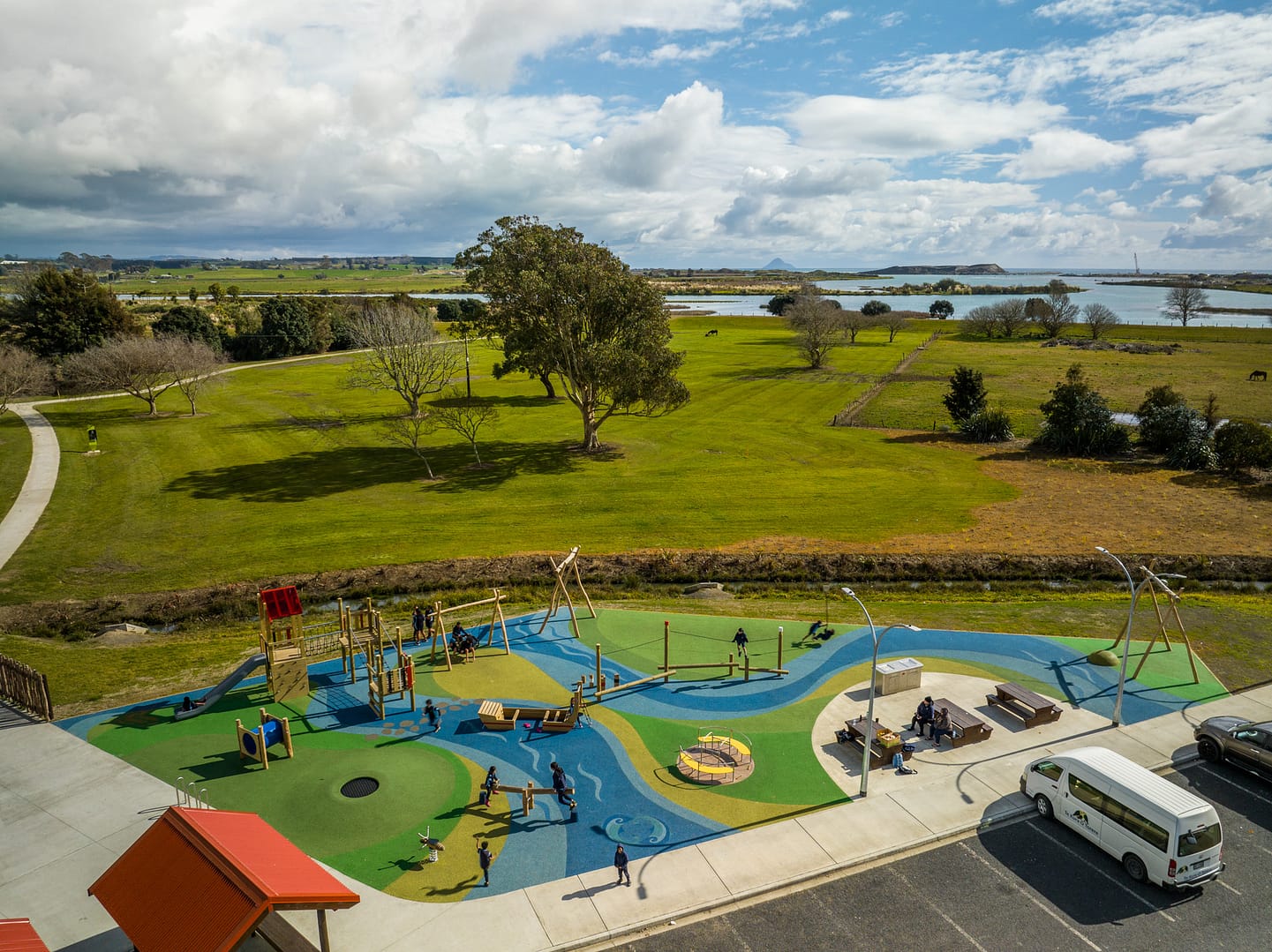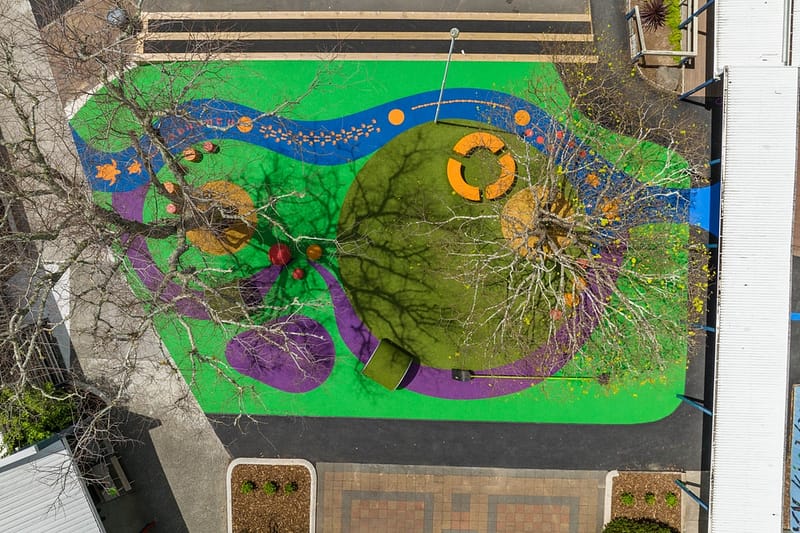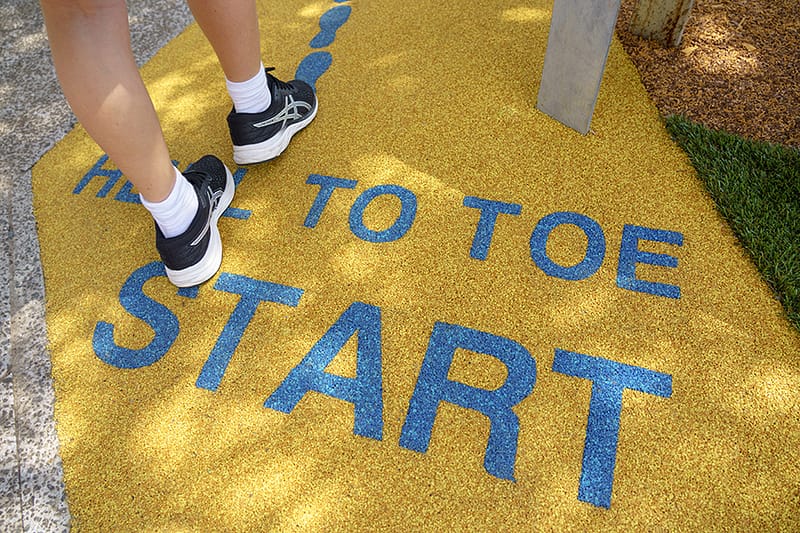Think of a playground. You probably picture swings, slides, and giggles all around. But there’s so much more to it. Playgrounds are unique places where all its users grow, learn, and have fun.
They’re important in schools, learning centres, and suburbs everywhere. It’s an essential part of children’s development. Picking the right playground location means it’s safe, easy to get to, and welcoming for everyone. It’s a big choice, and you want to get it right. In this article, we will cover the 5 most important things when choosing your playground location.
1. Safety First: Evaluating the Terrain and Environment
- Ground Stability: Ensuring the ground is firm and suitable for playground installations. In New Zealand, a geological survey to asses whether the area is safe in case of earthquakes is a must.
Choosing a location for your playground where the ground is stable can save you costs if you need to pump water off the ground or make it firmer, in case you are installing more significant pieces of equipment.
- Natural Hazards: Checking for nearby water bodies, steep inclines, or other potential dangers. These can be positive or negative. It all depends on your design and how you incorporate it into your playground plan.
If your playground location wants to focus on nature play, it is great to have a water body around, not forgetting to make sure it is a safe space for all users.
Steep inclines can be helpful to your design. As long as the playground is not on a steep incline, it will limit your options for equipment and play features and can be detrimental to inclusivity.
- Sun Exposure: The importance of shade and avoiding areas with prolonged direct sunlight. Children, parents, and anyone who comes to your play space will want to have as much fun as possible, if possible, in a safe way.
Providing shaded spots for rest is crucial in a playground design. If you are planning for school or early childhood, it is of extreme importance, as children will want to play whether it is sunny or not.
Read more on our playground budget series: How to budget for your site prep.
2. Accessibility and Inclusivity
- Proximity to Facilities: Ensuring the playground is close to restrooms, drinking water sources, and other essential amenities. Add value to your space and make it easy for people to come and go with facilities for users to go to.
You can even implement them in your playground concept, making them features that are part of your space, not just plotted items out of necessity.
- Wheelchair Access: Ensure the location is accessible to all children, including those with disabilities. Not only children but people of all ages as well. Play spaces should be inclusive and multigenerational. Public spaces that are inclusive create more resilient children.
- Ease of Supervision: Locations that allow educators and guardians to monitor children easily. Early learning centres thoughtfully designed can have excellent play value, accessibility and ease of supervision for caretakers.
In public spaces, seating and play equipment should be designed hand in hand, following a flow. So, choose a location for your playground that takes this into account.

3. Size and Future Expansion of your Playground Location
- Current Needs vs. Future Growth: Anticipating the growth of the institution or community and ensuring space for future expansion. Are you planning a small community school or a big public play space?
Choosing the right location can determine the success of your playground. Choosing a space that can be upgraded in the future is a great way to keep track of new trends, add new equipment, and keep your space relevant as time goes by.
4. Integration with Nature and Learning on your Playground Location
- Natural Elements: Choosing locations that offer natural beauty and elements enhancing sensory play. As mentioned before, this is also a safety concern. You can create an urban natural pocket playground implementing nature play in your space.
Or you can have a full-on adventure park just on the outskirts of town. It is essential to human development to be in touch with nature. It improves our sense of belonging and existence.
- Outdoor Classrooms: The potential to integrate learning spaces within the playground for an enriched educational experience. Choosing a location where you can easily add sensory features is an excellent way of learning and having fun.
Think of a play space area where children can roam by themselves, discover new things, and imagine through play.
5. Community and Stakeholder Engagement
- Feedback from Educators and Parents: Understanding the needs and desires of those who will use and supervise the playground most. This is one of the most important things you have to do: engage with the community.
- Council and Developer Considerations: Ensuring the location aligns with broader community plans and developments.
Conclusion
When setting up a playground, safety always comes first, ensuring solid ground and a hazard-free area. It’s essential that the space is accessible so everyone can join in the fun. Consider the size; will it still fit the community’s needs in a few years?
It’s also great to blend elements of nature and learning, turning play areas into places where kids can grow and discover. And always remember to listen to the community’s feedback; they’ll guide you to what works best. With these considerations, we’re on track to create playgrounds that will be cherished for years to come.
Read our portfolio below to get ideas for your next surfacing project. Or, if you are ready to take the next step, call us on 0800 000 334 or book a site visit.





